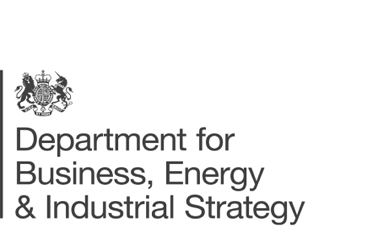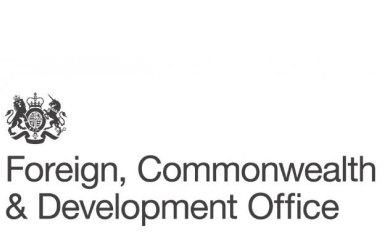India aims to spend $1.4 Trillion building Infrastructure. Prime Minister launched Gati Shakti – National Master Plan for Multi-modal Connectivity, essentially a digital platform to bring 16 Ministries including Railways and Roadways together for integrated planning and coordinated implementation of infrastructure connectivity projects with the goal of developing infrastructure to lower logistic costs and improve the economy. Digitalization and BIM will play a very important role in helping India achieve its Infrastructure Goals. CDCPIndia has been conceived by veterans from the industry who has been directly or indirectly practicing and promoting Digital ways of working in the Construction & Infrastructure Industry. Vision of CDCPIndia is to “Inspire and Collaborate with Construction Professionals across India to advance Digitally enabled Processes and Technologies in construction & Infrastructure sector”. CDCPIndia shall work in collaboration with several existing Institutions, Professional Bodies, Academia, Corporates and Government to Improve the Project Delivery & Asset Management Efficiency by use of Digital Technologies and Processes. CDCPIndia is a not-for-profit organization and has been registered as a Society under Society Registration Act
This CONPES document formulates a national policy for digital transformation and artificial intelligence. This policy aims to promote the generation of social and economic value in the country through the strategic use of digital technologies in the public sector and the private sector, to boost productivity and promote the well-being of citizens, as well as generating transversal enablers for digital transformation, so that Colombia can take advantage of the opportunities and face the challenges related to the Fourth Industrial Revolution (4IR). Digital transformation of construction is specifically mentioned within section 5.3.2. Create enabling conditions for digital innovation in the public and private sectors, with the purpose of being a mechanism for the development of digital transformation. On page 47 of the policy.
https://colaboracion.dnp.gov.co/CDT/Conpes/Econ%C3%B3micos/3975.pdf*
This capability assessment sets out the actions that government and industry will take to create opportunities for the UK construction sector by becoming a world leader in Building Information Modelling (BIM). We will build on the considerable progress already made in embedding BIM into the domestic sector.
https://www.gov.uk/government/publications/building-information-modelling
Archive taken in 2017 of the UK BIM Task Group Website.
https://webarchive.nationalarchives.gov.uk/ukgwa/20170712122310/http://www.bimtaskgroup.org/
Web pages of information related to the gradual introduction of BIM in public procurement under Ireland’s Capital Works Management Framework (CWMF) and defined in the 2023 contract reforms package supporting the National Development Plan (NDP)
From January 2024 the OGP, in conjunction with the Government Contracts Committee for Construction, will monitor the uptake of BIM across those public bodies who are required to use the CWMF. The timeline is subject to review, any changes will be based on feedback from this monitoring process.
https://constructionprocurement.gov.ie/bim/public-sector-bim-adoption-timeline/
The Build Digital Project aims to transform the Irish construction and built environment sectors by enabling all stakeholders, particularly SMEs, clients, and suppliers, to develop, maintain, and continuously improve their capabilities as digitally enabled, standards-based, agile, collaborative, and sustainable participants in the delivery of Project Ireland 2040.
This online resource is aimed at Architects and Architectural Technologists as well as clients, industry professionals and educators in this sector. The RIAI BIM Pack 2 comprises the following suite of documents: BIM Update with ISO 19650 Series BIM Guide for SMEs Appendix 1 – File Naming Standards Appendix 2 – Model Responsibility Template Appendix 3 – Master Information Delivery Plan Template
https://www.riai.ie/whats-on/news/riai-bim-pack-2-update-iso-19650-series-and-bim-guide-for-smes
As the construction industry continues to evolve and increasingly embraces digitisation, an early-stage project deliverable for Build Digital was to conduct a horizon scan of the opportunities available for those within the construction sector. A primary aim, therefore, is to provide a comprehensive inventory of educational and training provisions that exist within Ireland at present. The resulting inventory focuses on key educational sectors, including Universities, Educational Training Boards (ETBS), Colleges of Further Education, Professional bodies, and similar organisations. There are in excess of 300 entries on the inventory.
https://www.builddigitalproject.ie/education-training-inventory
This inventory was developed as a tool for identifying relevant standards and, in particular, their relevance to Build Digital. Each document found in this research was recorded, reviewed, and graded based on the scoring system created for this report and tool. This tool is intended to be flexible should new standards be published, or a change is required to an existing standard. There are in excess of 120 entries on the inventory.
https://www.builddigitalproject.ie/bim-standards-and-supports-inventory


